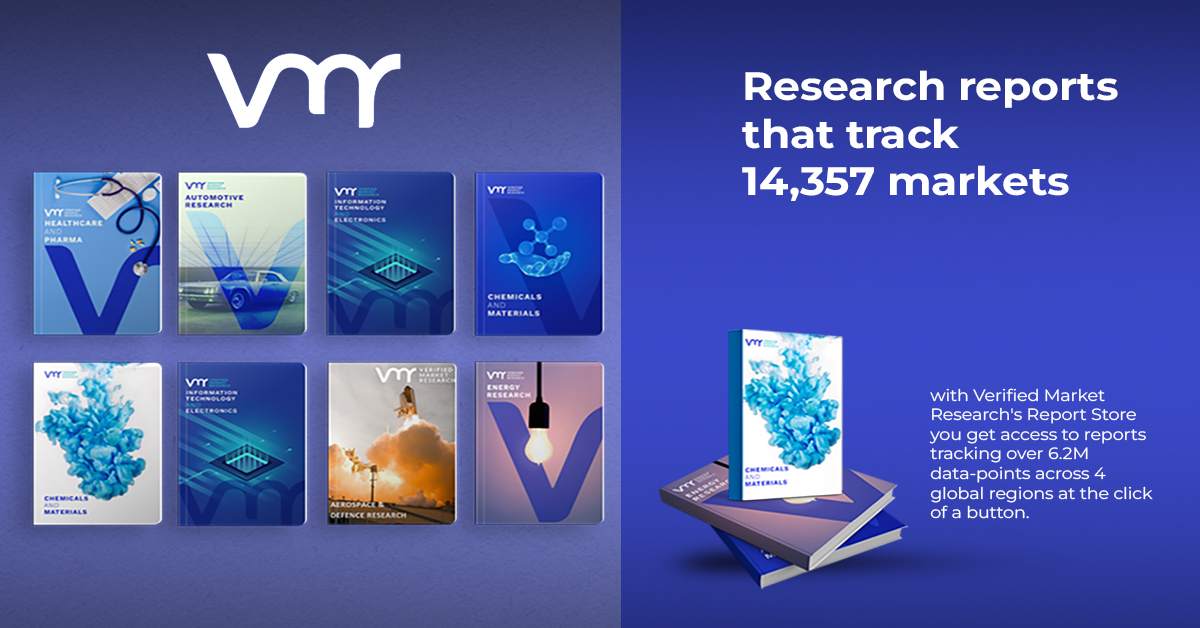Navigating the Future: Key Developments in the Full Mission Bridge Simulator Market
In the rapidly evolving landscape of maritime training, the Full Mission Bridge Simulator (FMBS) market stands out as a cornerstone for enhancing navigational skills, safety protocols, and operational efficiency in the shipping industry. This article delves into the latest key developments, innovations, and market dynamics shaping the FMBS sector, offering insights for professionals, educators, and stakeholders alike.
Overview of the Full Mission Bridge Simulator Market
Full Mission Bridge Simulators provide a realistic training environment that mimics the operational aspects of a ship’s bridge. They are equipped with advanced technology that allows for immersive training experiences, from navigation and communication to emergency response scenarios. As global maritime regulations tighten and the demand for skilled personnel increases, the FMBS market is witnessing significant growth.
Market Size and Growth Projections
Recent reports indicate that the FMBS market is poised for robust growth, projected to reach approximately $X billion by 2027, growing at a CAGR of Y% from 2023 to 2027. Factors contributing to this growth include:
- Increased maritime accidents prompting a greater emphasis on training.
- Technological advancements in simulation technologies, such as virtual reality (VR) and augmented reality (AR).
- Regulatory changes requiring enhanced training for crew members.
Key Players and Competitive Landscape
The FMBS market is characterized by a diverse range of players, from established companies to emerging startups. Key players include:
- Transas (part of Wärtsilä): A leader in maritime simulation technologies, known for their high-fidelity simulators.
- Kongsberg Gruppen: Offers comprehensive maritime solutions, including FMBS systems that integrate seamlessly with real-world operations.
- Furuno Electric Co. Ltd.: Renowned for their innovative navigational and communication equipment, contributing to advanced FMBS functionalities.
Technological Innovations Driving Change
Virtual and Augmented Reality
One of the most transformative trends in the FMBS market is the integration of VR and AR technologies. These innovations enhance the immersive experience, allowing trainees to engage with a 3D environment that closely resembles real-life situations. For instance, trainees can practice maneuvers in various weather conditions and learn how to manage unexpected emergencies effectively.
Cloud-Based Simulators
The rise of cloud computing has led to the development of cloud-based simulators. These platforms offer several advantages, including:
- Accessibility: Trainees can access simulations from anywhere, reducing the need for physical infrastructure.
- Scalability: Institutions can easily scale their training programs to accommodate more trainees without significant upfront investment.
- Collaboration: Instructors can oversee multiple sessions simultaneously, enhancing the training experience.
Artificial Intelligence Integration
AI is increasingly being used to create dynamic scenarios within FMBS. AI-driven algorithms can simulate human behavior, providing trainees with unpredictable challenges that mimic real-world decision-making. This capability enhances critical thinking and problem-solving skills, which are essential in high-pressure maritime situations.
Market Challenges and Opportunities
While the FMBS market is thriving, it is not without its challenges. Key issues include:
- High Initial Costs: The upfront investment for advanced simulators can be a barrier for smaller training institutions.
- Technological Obsolescence: Rapid advancements in technology necessitate continuous updates and upgrades, which can strain budgets.
However, these challenges also present opportunities. As more organizations recognize the importance of effective training, there is a growing demand for innovative financing solutions and partnerships that can make FMBS technology more accessible.
Regulatory Landscape
Regulatory bodies like the International Maritime Organization (IMO) have established guidelines that emphasize the importance of simulator-based training. The STCW Convention (Standards of Training, Certification, and Watchkeeping for Seafarers) now encourages the use of simulators in training programs, further legitimizing the role of FMBS in maritime education.
Case Studies: Successful Implementations
Case Study 1: A Leading Maritime Academy
A prominent maritime academy implemented a state-of-the-art FMBS, integrating VR and AI technologies. The results were significant:
- Reduced Training Time: Trainees completed their courses 20% faster than traditional methods.
- Enhanced Performance: Student assessments showed a marked improvement in navigational skills and emergency response.
Case Study 2: A Major Shipping Company
A major shipping company invested in a custom FMBS to train its crew. By simulating real-world scenarios, the company reduced on-the-job incidents by 30%, highlighting the simulator’s effectiveness in preparing crew members for actual challenges.
The Future of the FMBS Market
Looking ahead, several trends are expected to shape the FMBS market:
- Increased Collaboration with Tech Firms: As technology continues to evolve, partnerships between simulator manufacturers and tech companies will likely become more common, leading to enhanced training solutions.
- Focus on Sustainability: With the maritime industry facing pressure to reduce its carbon footprint, simulators will increasingly incorporate sustainability scenarios, preparing trainees for future regulations and best practices.
- Customization and Personalization: As the market grows, there will be a demand for tailored training solutions that address specific industry needs, such as specialized vessel operations or regional navigation challenges.
The Full Mission Bridge Simulator market is at a pivotal juncture, characterized by rapid technological advancements, increasing regulatory support, and a growing emphasis on effective training solutions. As the industry navigates these changes, stakeholders must stay informed and adaptable to harness the full potential of FMBS technologies. By investing in advanced simulation tools, the maritime industry can significantly enhance safety, efficiency, and operational readiness, ultimately steering towards a more sustainable and secure future.
As this market continues to evolve, the importance of collaboration, innovation, and investment cannot be overstated. The ongoing developments in the FMBS sector are not merely technological trends; they represent a fundamental shift in how maritime training is approached, ensuring that seafarers are better equipped to meet the challenges of the modern world.










